Let's face it, the world of traditional fly line sizes and types is absurdly confusing due to the many factors involved. Type of fly fishing, type of rod and reel, experience level, flies, water etc are all things to consider when choosing the right line. Thankfully, ESN fly line is not complicated at all, so you won’t need an advanced degree in fly casting mechanics in order to purchase a ESN line and start fishing.
Basically, with a traditional fly line the mass of the line loads energy into the rod during a back cast and then transfers the energy back into the line during a forward cast. The line shoots through the air taking the fly along for the ride.
Euro-nymph fly line is very simple because it’s not responsible for loading your rod nor transporting your fly to its target destination- In euro-nymphing your weighted fly is the mass that loads the rod that shoots the fly, and the line just gets pulled along for the ride. It’s more like tetherball compared to a bullwhip.
The single biggest difference, or advantage of using thin and light ESN line is that it allows the angler to hold the line off the water surface while the fly is dead drifting. Elevating the line eliminates water drag and excess line between you and your fly- you are now a puppeteer to your fly rather than being at the mercy of the waters surface currents. For this reason, 2wt level line and even nylon monofilament can also be used instead of dedicated ESN line. But are some pros and cons to using these alternative lines.
NYLON MONOFILAMENT- It’s very inexpensive. That’s all I’ve got for the pros. There are too many cons in my opinion to ever use mono.
Mono line is clear and thus hard to see compared to the opaque PVC coated ESN line, kinda
important when the slack working line is down at your feet in the dark water. Trip, Snap!
Line Management and fighting fish is much trickier with mono because of the coils and slick surface. Slowing down a feisty wild trout with monofilament is like having bald tires on a snowy day.
And maybe it’s just me, but mono line reminds me of bait fishing days, and I’d rather forget a lot of that.
2WT FLOATING FLY LINE- This can be a great alternative to ESN line, especially if you'll be fishing both dries and nymphs.
If it's a weight forward line you may want to cut off some or most of the heavier belly section to reduce the weight so it suspends better. Leave enough to suit your dry fly casting needs. It won’t be as thin and light as ESN line, but it can be dang close. It won’t suspend as well above the water due to the extra weight, but it will cast a dry fly much better than ESN line. During dry fly months I’ll often use a modified 2wt WF line on my 3 and 4wt euro-nymph rods. The soft tip section of my euro-nymph rods allow me the use of 2wt. And the extra length of my ESN rods help keep it off the water.
Everyone has their own specific needs when it come to line and gear. And you can pretty much make anything do a decent enough job with a bit of tweaking here and there. It'll never be perfect, and if it is, it's just for that one day it always seems- then there'll be a different problem to solve.
-By Jeff Sasaki

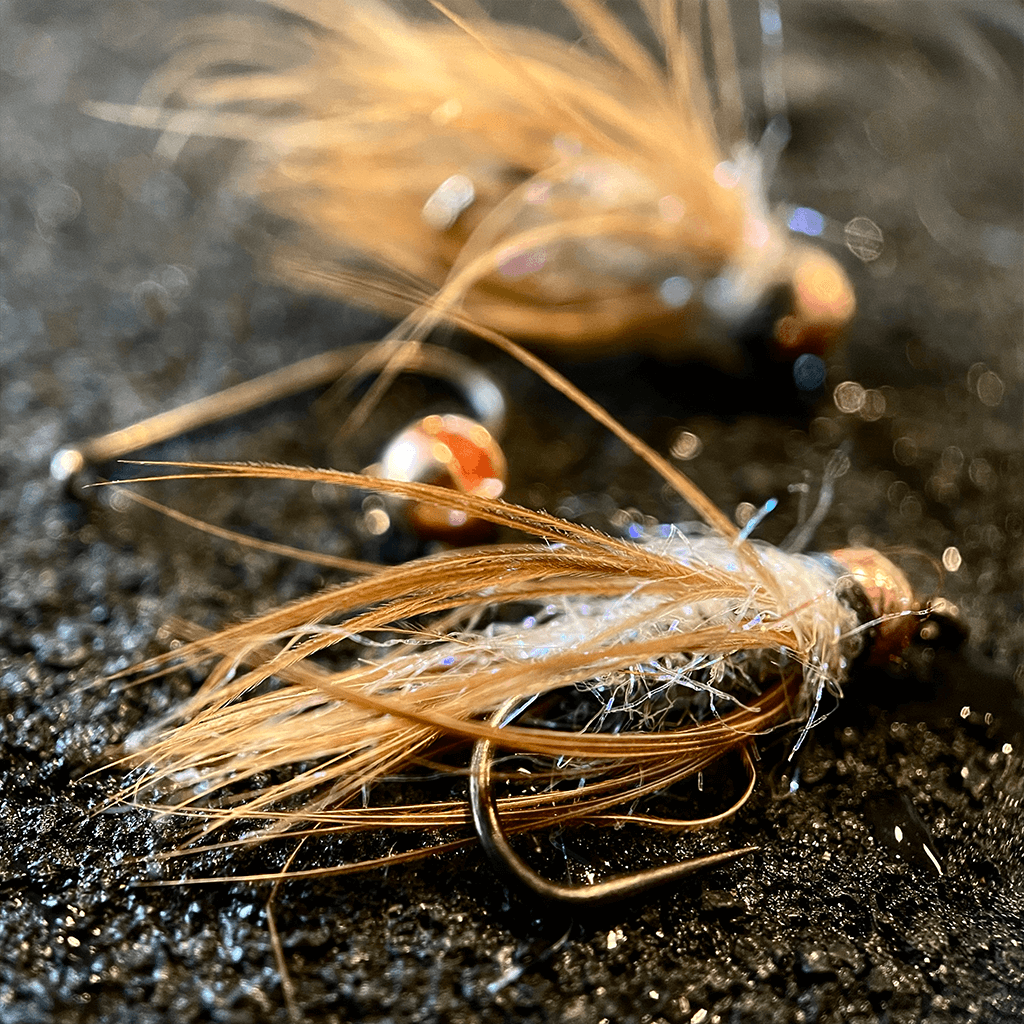
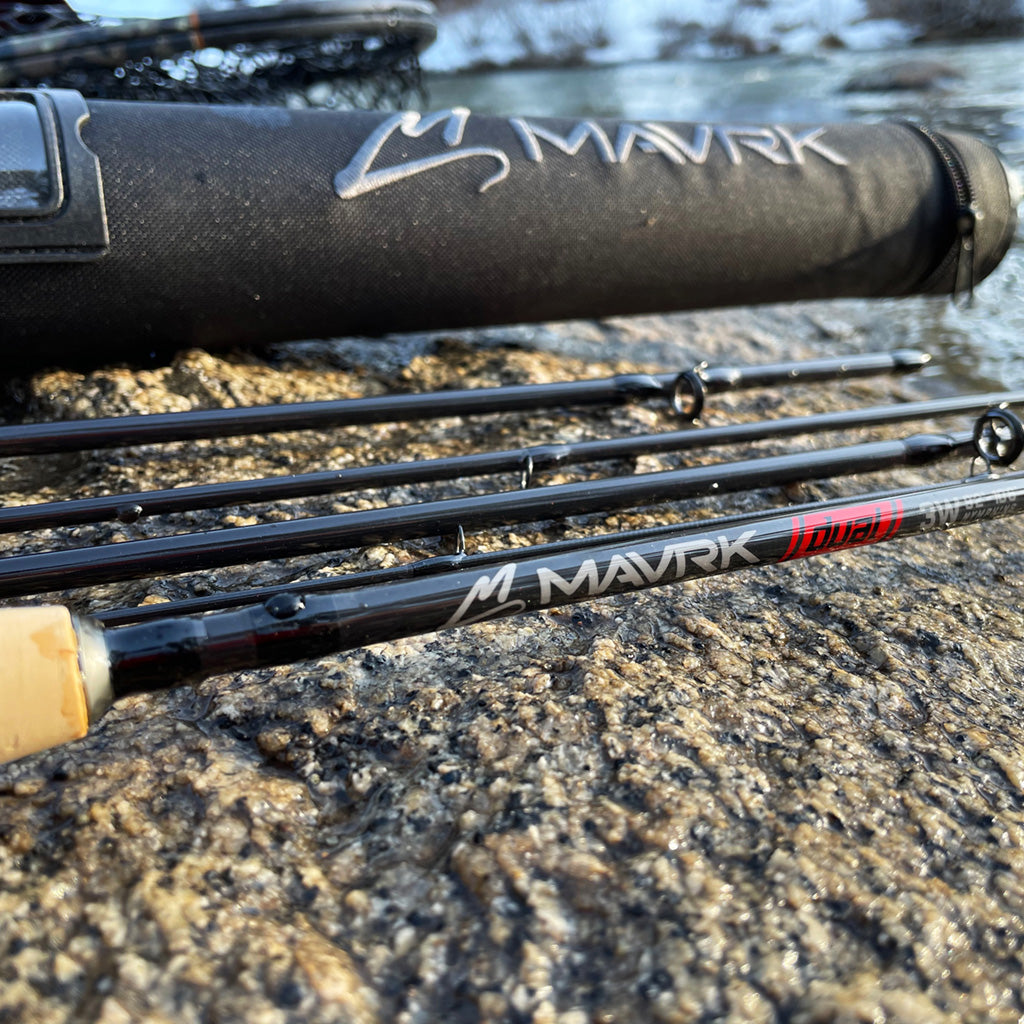
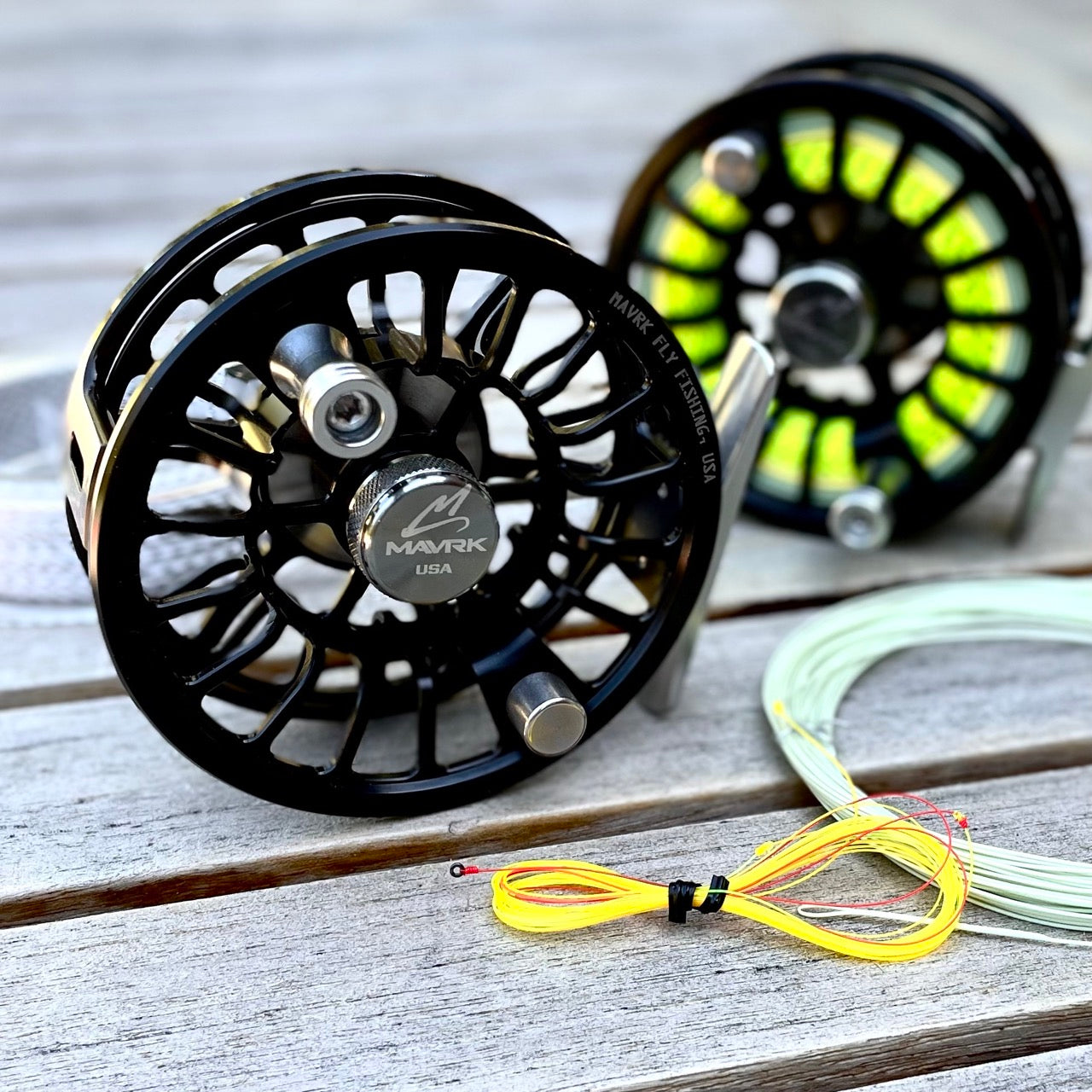
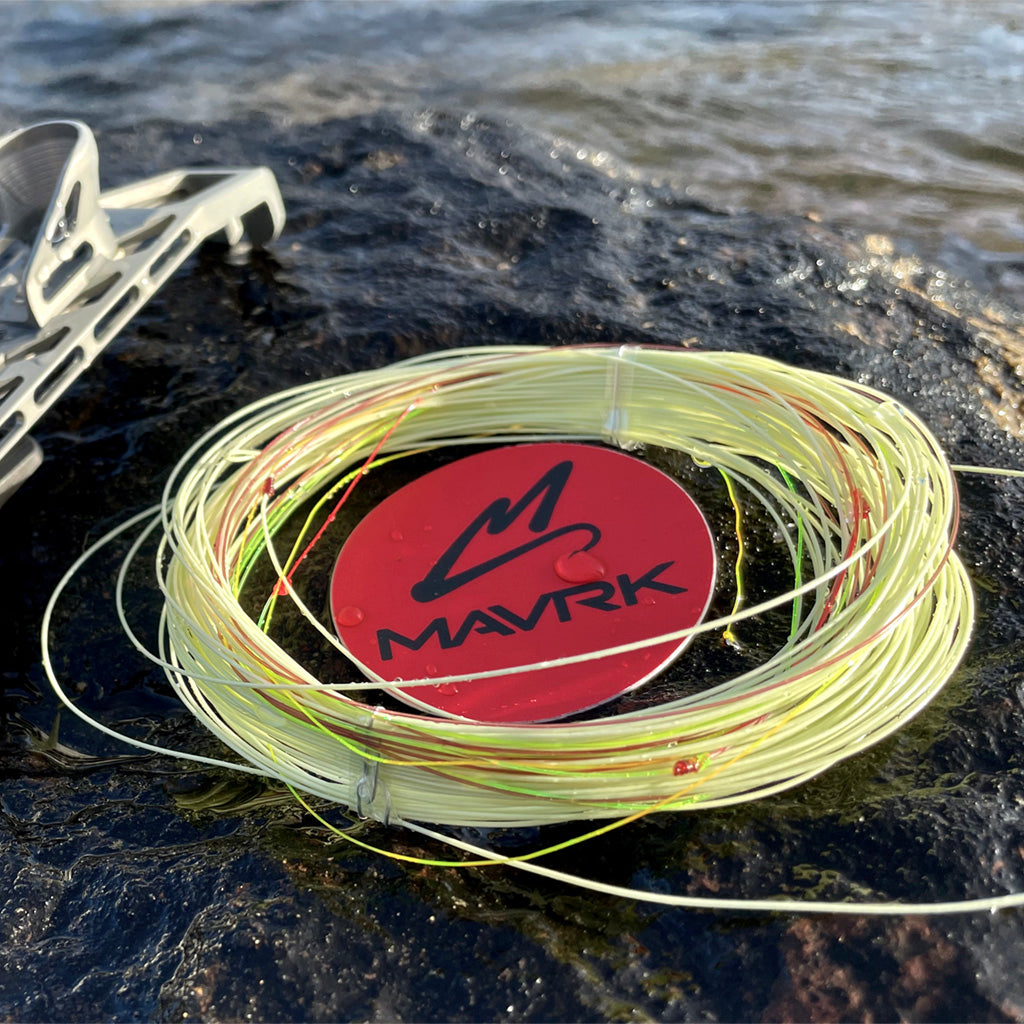
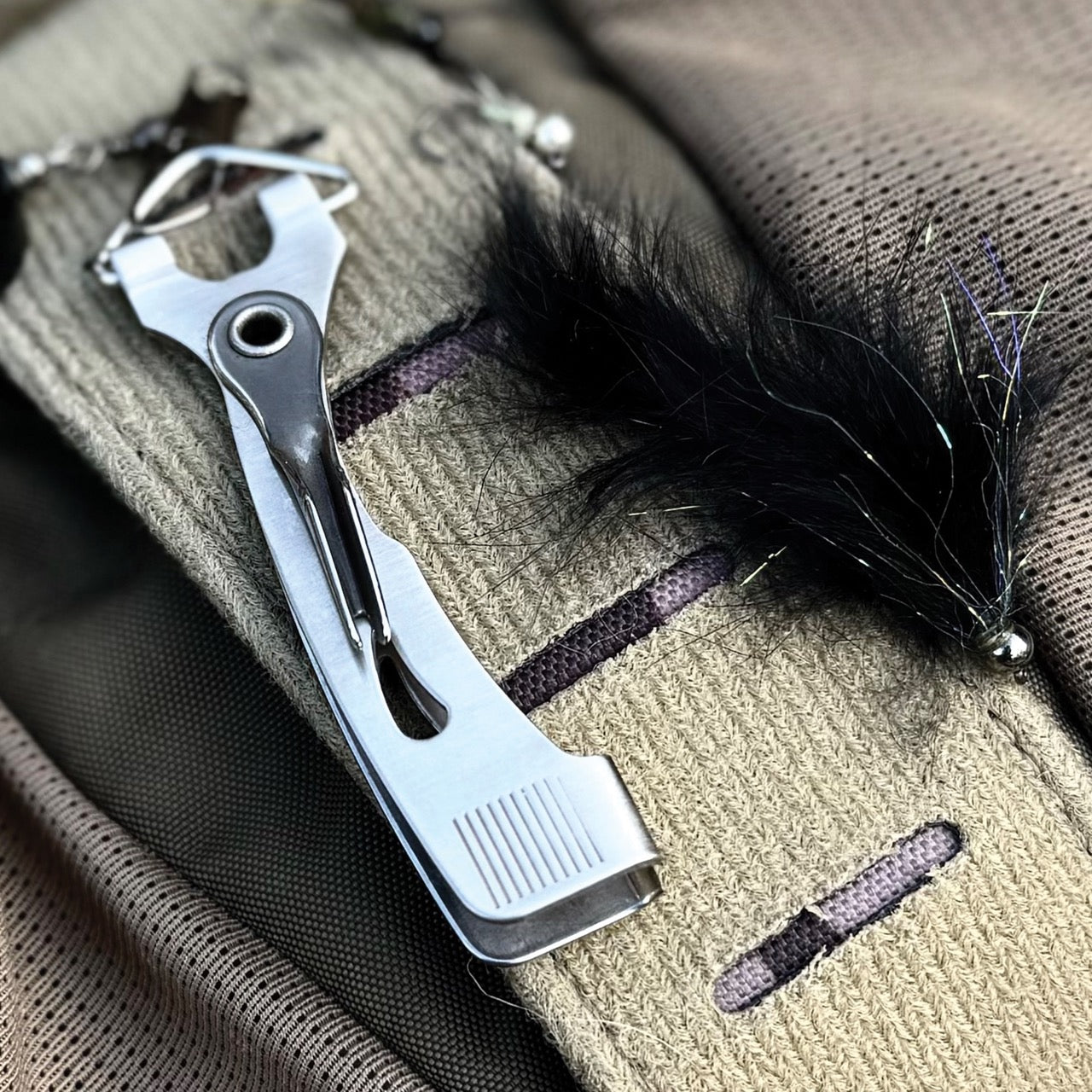
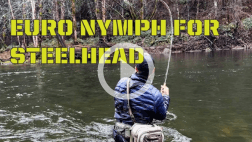
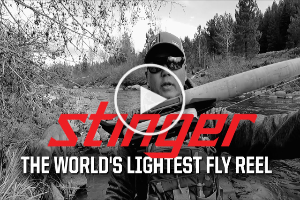
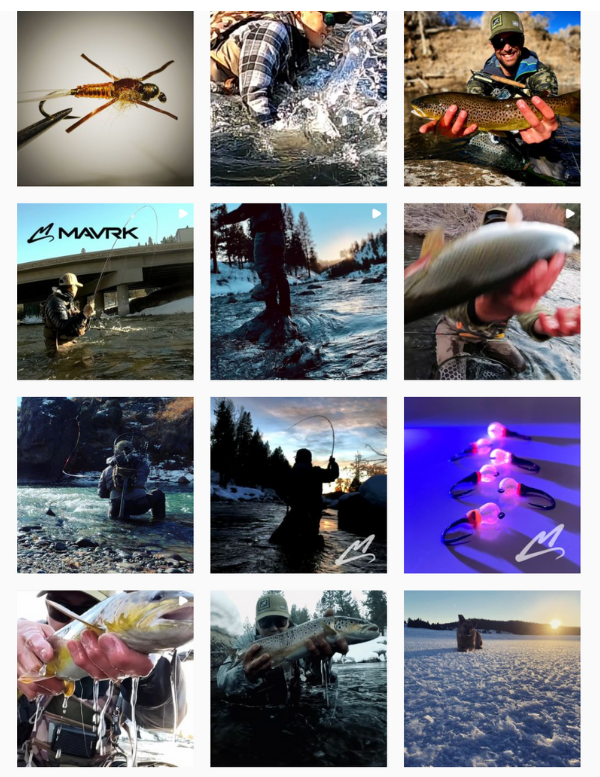
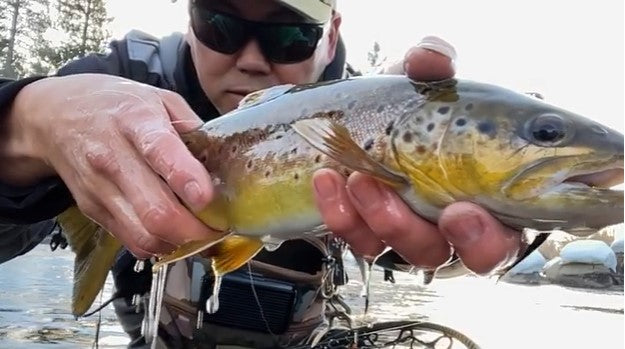
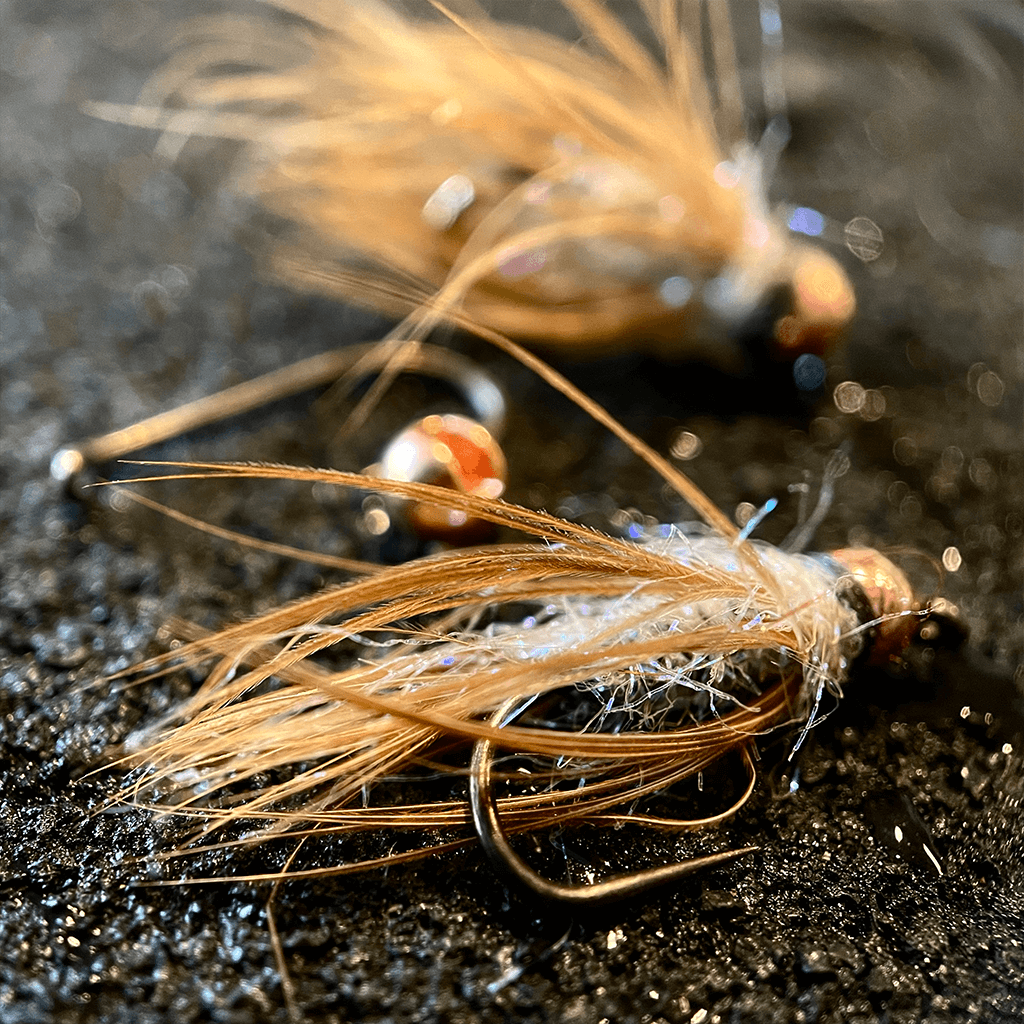
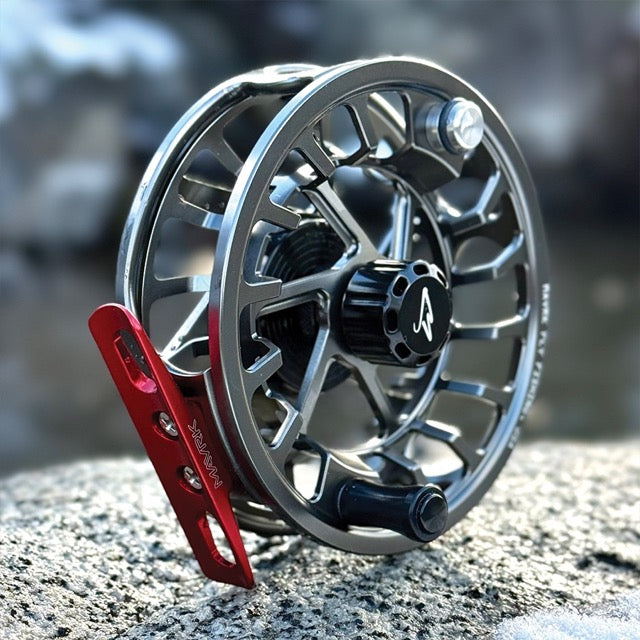
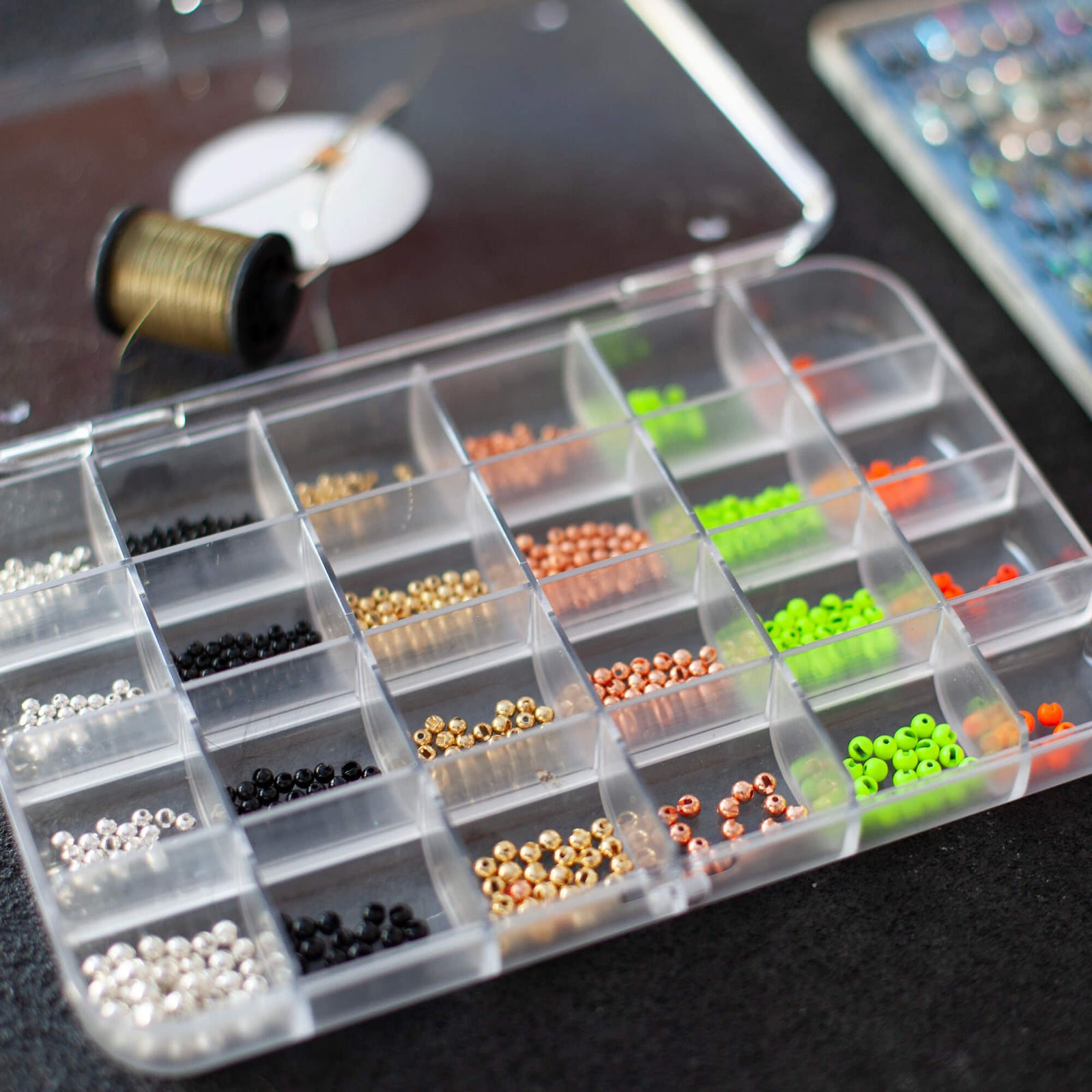
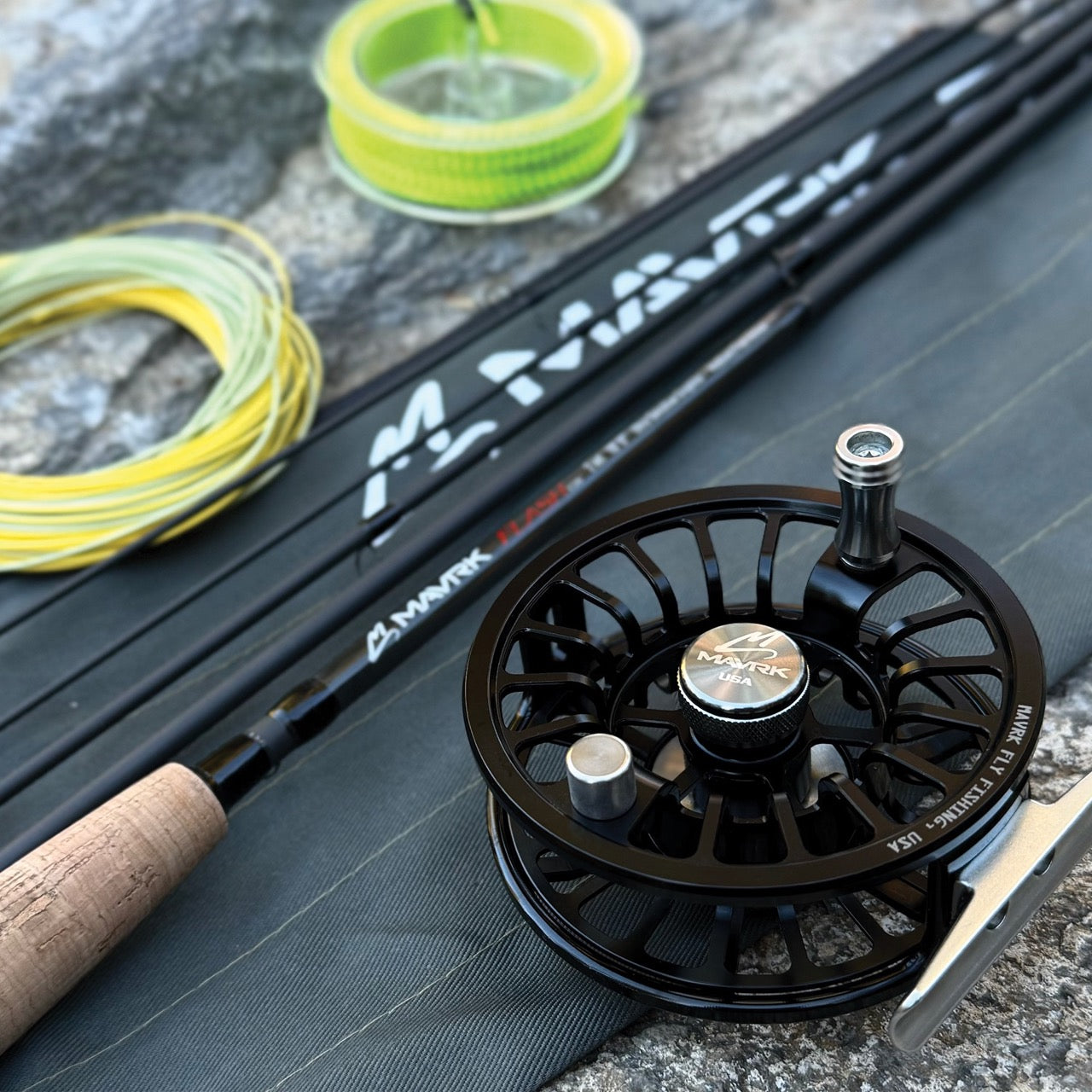

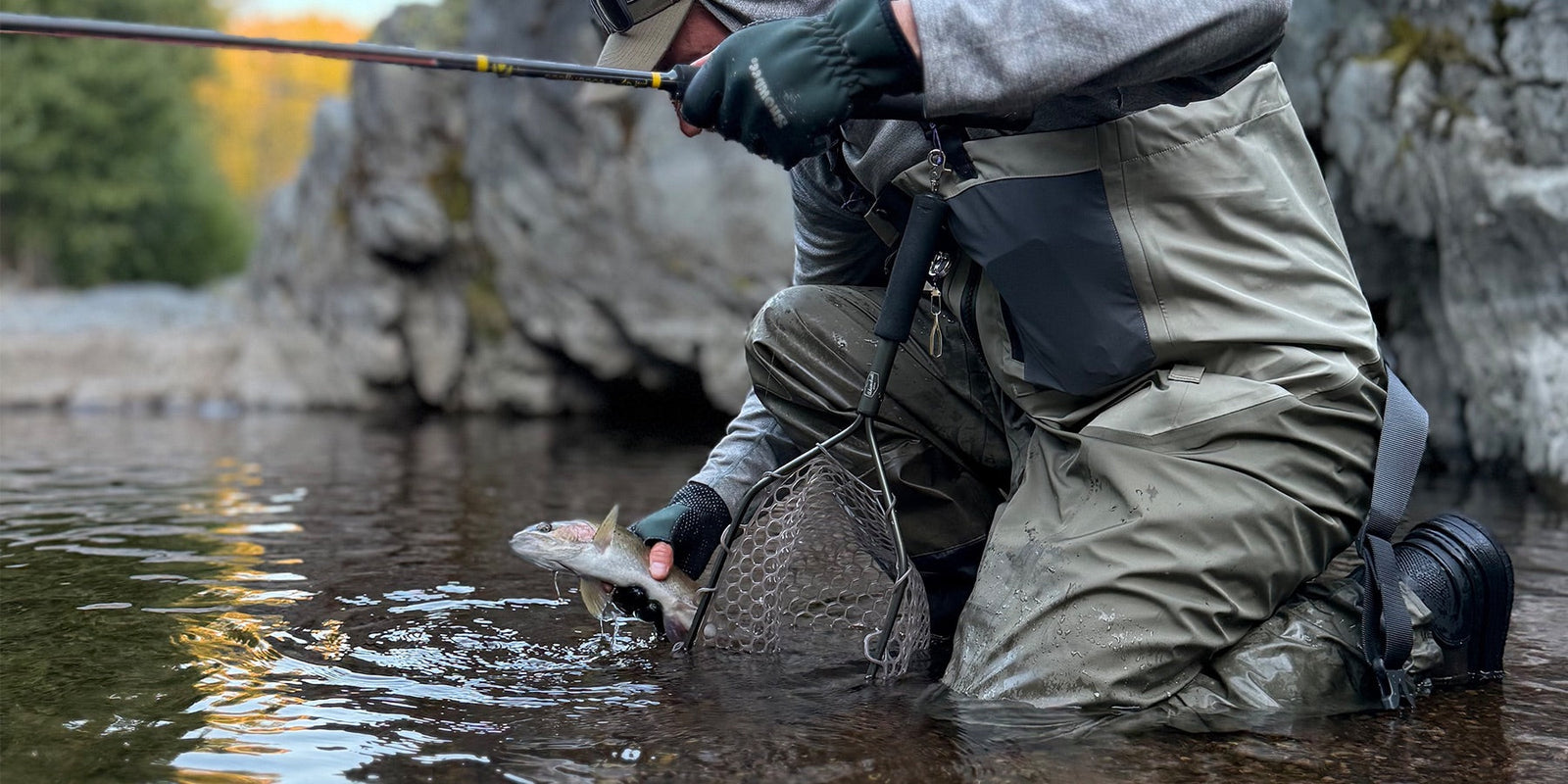
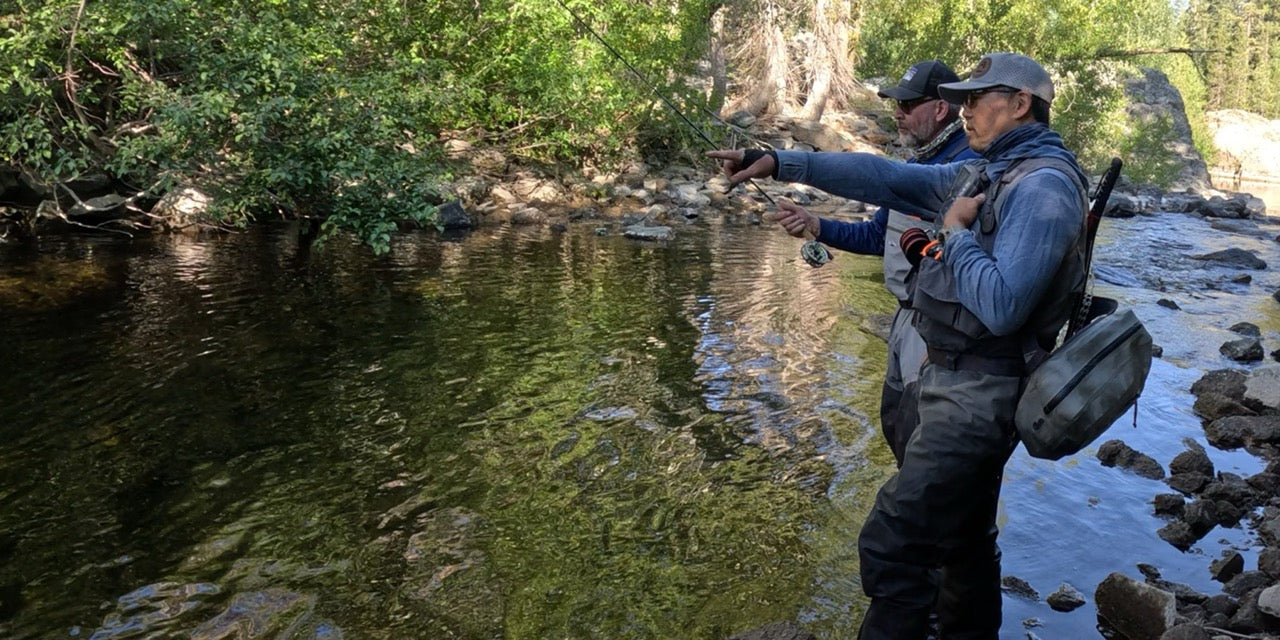
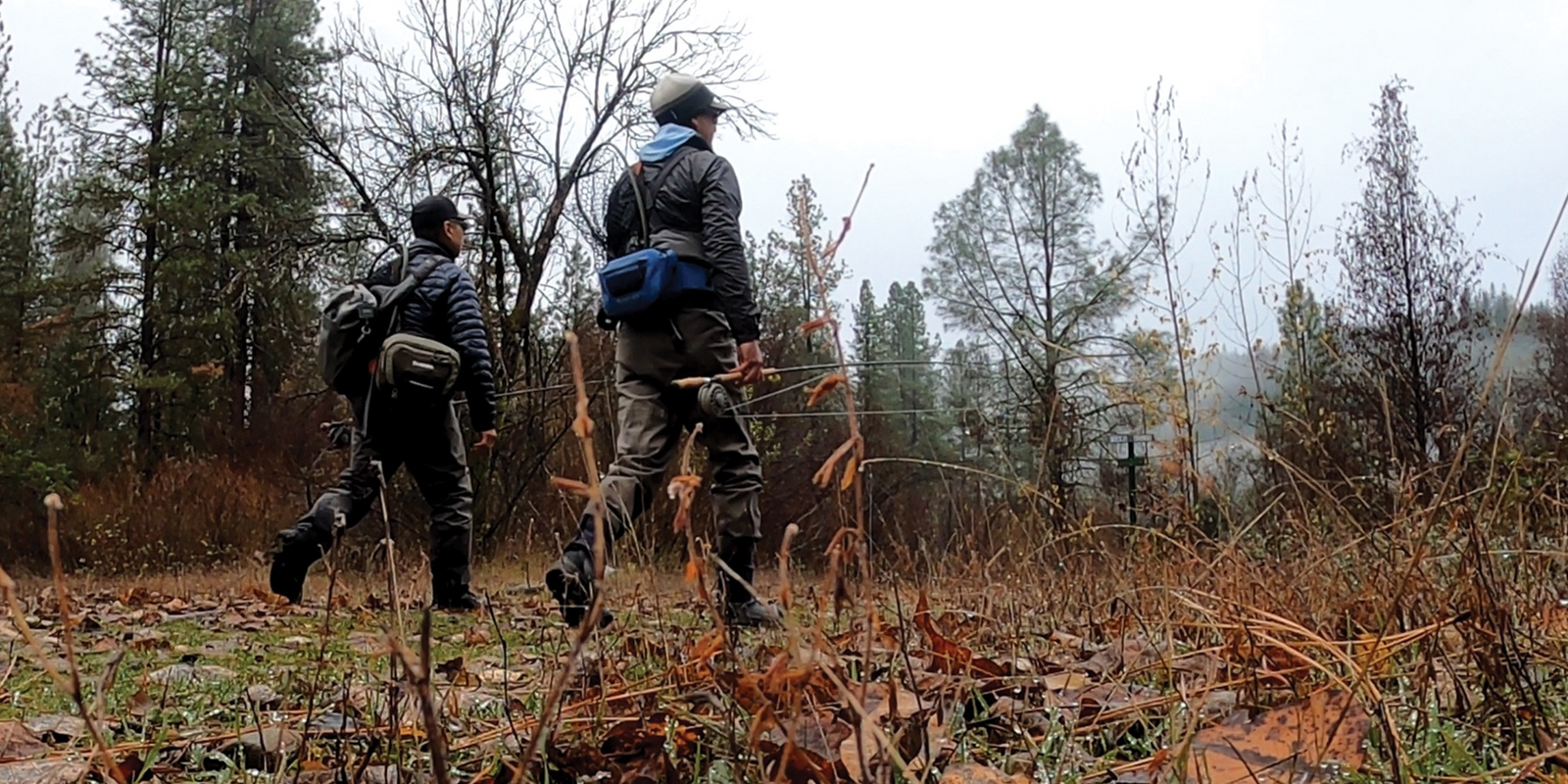
John Laudenslager
December 12, 2023
Interesting! By ‘cut off some or most of the heavier belly’ of a weight foreard line, do you mean cut off the front of the line, back? I have seen posters on some forums suggesting reversing whatever weight forward line you have in order to use the running line.
ps – I’m using a 2wt Wulff Triangle taper line for weighted flies close and unweighted flies far and can hardly imagine modifying that particular line to any advantage, it works so nicely for both situations.